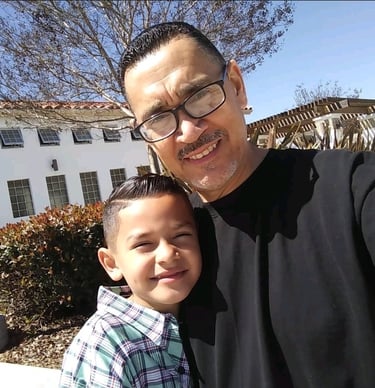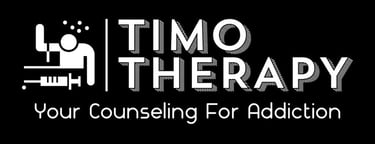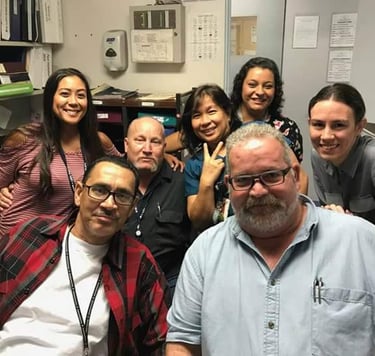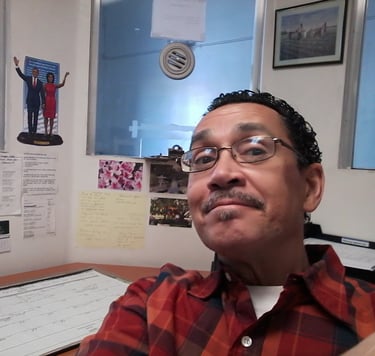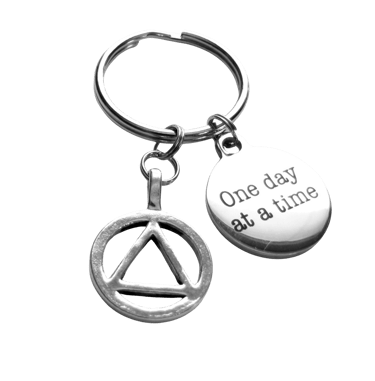The Role of Naloxone in Preventing Overdoses
Naloxone is a critical lifesaving medication that reverses the effects of opioid overdose. As the opioid crisis continues to affect individuals and communities, it is essential to identify who should carry naloxone to maximize its life-saving potential.
HARM REDUCTION & PREVENTION


Understanding Naloxone: How It Works
Naloxone, commonly known by its brand name Narcan, is a critical medication in the fight against opioid overdoses. Its primary mechanism of action involves binding to the same mu-opioid receptors in the brain that are typically activated by opioids, such as heroin or prescription pain relievers. By attaching to these receptors, naloxone effectively displaces the opioids, thereby reversing the effects of an overdose, including respiratory depression, sedation, and hypotension.
The pharmacodynamics of naloxone reveal its ability to rapidly restore normal respiratory function in an individual experiencing an overdose. Ideally, naloxone is administered as soon as an overdose is suspected. The onset of action is relatively swift, typically occurring within 2 to 5 minutes of administration, depending on the route applied, which could be intranasal or intramuscular. This rapid response is critical, as it buys time for emergency medical assistance to arrive.
The duration of naloxone's effects is quite variable, lasting anywhere from 30 to 90 minutes. This is significant, as it is essential to monitor the individual after administration. The effects of opioids may outlast those of naloxone, meaning that symptoms of the overdose may return as the naloxone wears off. Repeated doses may be necessary in some cases, particularly with potent synthetic opioids such as fentanyl. Therefore, while naloxone can provide life-saving intervention in the event of an overdose, it is not a substitute for comprehensive emergency medical care.
Ultimately, naloxone serves as a vital tool in opioid overdose response, mitigating life-threatening symptoms quickly and effectively. Understanding its mechanisms not only aids in immediate administration but also highlights the importance of follow-up medical treatment, ensuring that individuals affected by opioid overdoses receive adequate support and care.
Who Should Carry Naloxone?
Naloxone is a critical lifesaving medication that reverses the effects of opioid overdose. As the opioid crisis continues to affect individuals and communities, it is essential to identify who should carry naloxone to maximize its life-saving potential. Primarily, individuals who are at an elevated risk of experiencing an overdose, particularly those with a history of substance use disorder, should have easy access to naloxone. This group includes both active users and those in recovery, as the risk of relapse can persist over time.
Additionally, family members and friends of individuals who are at risk of an overdose should be equipped with naloxone. These individuals are often the first to notice an overdose situation and can act promptly when armed with this lifesaving tool. The ability to administer naloxone can make the difference between life and death, thus empowering loved ones to intervene effectively.
Healthcare professionals play a pivotal role in combatting overdose fatalities. They should not only be knowledgeable about prescribing naloxone but also carry it themselves, ensuring they are prepared to respond in case of an emergency. First responders, such as paramedics and police officers, are often the first to arrive on the scene of an overdose and require adequate training in administering naloxone swiftly. Bystanders, meanwhile, are an often-overlooked group that can also play a vital role. Training community members in naloxone administration equips them with the skills necessary to act in life-threatening situations.
Furthermore, community programs and initiatives aimed at distributing naloxone and providing education about its use are increasingly gaining traction. These programs not only offer naloxone kits but also training sessions that encourage community engagement in overdose prevention. By broadening the access to naloxone across various demographics, we can enhance the overall safety and well-being of communities grappling with the overdose epidemic.
The Life-Saving Impact of Naloxone
Naloxone, commonly known by its brand name Narcan, has emerged as a crucial tool in addressing the opioid crisis. Its primary function is to reverse opioid overdoses, providing immediate relief in life-threatening situations. Statistics indicate that since its introduction, naloxone has significantly contributed to reducing overdose fatalities. According to the Centers for Disease Control and Prevention (CDC), between 2010 and 2018, the distribution of naloxone reportedly helped to reverse over 26,000 opioid overdoses in the United States alone. This remarkable statistic reflects the substantial impact that emergency medication can have when prompted by swift action.
Case studies further demonstrate naloxone's effectiveness. For instance, in communities where naloxone distribution programs were implemented, researchers recorded marked reductions in overdose deaths. In Boston, a city-wide initiative trained bystanders and first responders led to a 33% decrease in opioid overdose deaths in the following years. These real-world examples highlight not only the efficacy of naloxone in emergencies but also its role as a foundational element in broader community health strategies aimed at harm reduction.
Beyond immediate life-saving capabilities, naloxone serves as a bridge for individuals grappling with substance use disorders. By preventing an overdose, naloxone can provide a critical opportunity for individuals to seek help and embrace recovery. Personal testimonies from those who have been revived by naloxone serve as powerful reminders of its life-saving potential. They underscore the medication's role not just in emergency response, but also in fostering pathways to addiction treatment and recovery support.
In summary, naloxone has proven to be a life-saving intervention in the fight against opioid overdoses. Through effective emergency response and community health initiatives, it significantly reduces fatalities while also promoting recovery opportunities for those struggling with addiction.
Conclusion: Advocating for Naloxone Accessibility
The opioid crisis continues to have profound implications for individuals, families, and communities across the globe. As highlighted throughout this discussion, naloxone serves as a critical intervention tool that can reverse opiate overdoses, saving countless lives. Its effectiveness in emergency situations cannot be overstated; however, the potential benefits of naloxone can only be realized when it is readily accessible to the public. Access to this lifesaving medication should not be reserved for emergency personnel alone. Increased availability of naloxone in pharmacies, community centers, and through direct distribution programs is essential to empower individuals in crisis situations.
Moreover, raising public awareness about naloxone’s role in combating overdose deaths is equally vital. By educating communities about its use, effects, and the importance of a timely administration, potential barriers to its acceptance can be dismantled. It is important to recognize that stigma associated with drug use can deter individuals from seeking help or carrying naloxone themselves. Addressing misconceptions and fostering understanding about the opioid crisis aids in creating a supportive environment for those affected and minimizes the negative perceptions surrounding addiction.
Call to action is especially crucial in this context. Readers are encouraged to advocate for initiatives that promote naloxone accessibility and education regarding its usage. Engaging with local policymakers, supporting harm reduction programs, and participating in community outreach efforts can contribute significantly to these efforts. Together, we can foster safer communities through increased naloxone distribution and awareness. As we advance toward a solution to the opioid crisis, it is imperative that we champion the causes surrounding naloxone, ensuring it plays a pivotal role in saving lives and reducing stigma in our society.

